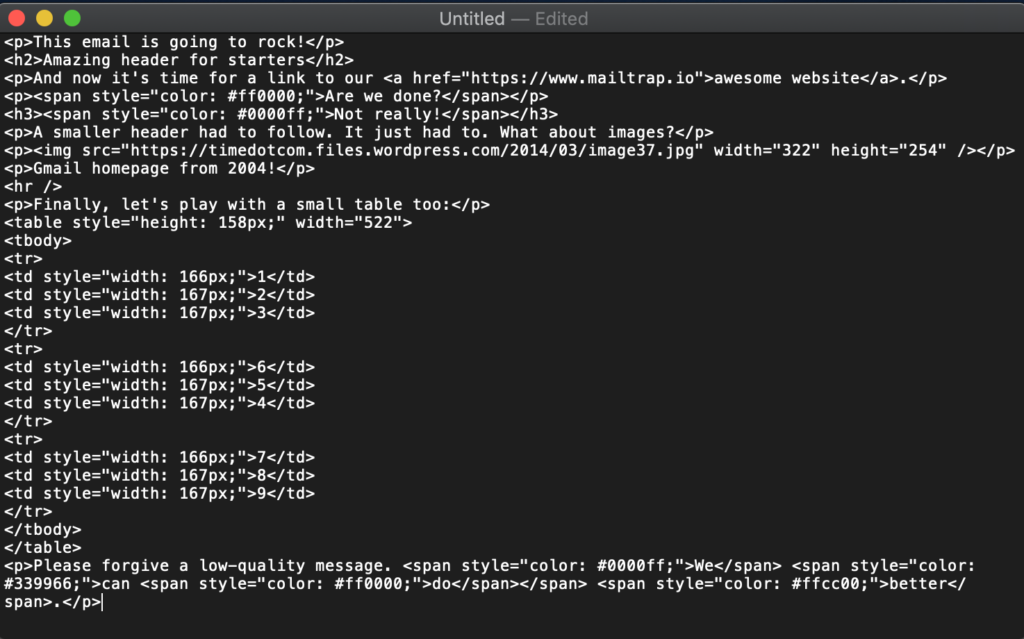

In general, the more plugins are added to the Atto toolbar, the harder it becomes to find specific plugins. The emoticon filter is not enabled by default, which is why the emoticon plugin for Atto is not enabled by default.

The emoticon filter is responsible for converting these text sequences into proper smiley images. The emoticon plugin inserts text representations of the emoticons in the content. It is preferable if the theme designer uses some interesting colours that meet the accessibility standards required for the site in the theme for the site, and the person creating the content simply uses the proper heading levels (for example) to make use of those styles. There are 2 possible types of conflicts, the first is just a visually unappealing combination of colours, the second is a combination of colours that may produce text that is hard to read for some people. Even if the colours of the content does not conflict with the colours of the current theme, if the theme is changed in future, or the content is reused on a different site conflicts may be introduced. Firstly - user specified colours may conflict visually with the site colours chosen by the theme designer. While these are very popular plugins, there are downsides to enabling their use on a site. Here are some things to consider before enabling the non-default plugins: Not all plugins are enabled by default and the administrator of each site should give careful thought as to which plugins they choose to enable for their users. This setting allows the administrator to specify the time between autosaves.
:max_bytes(150000):strip_icc()/004_html-with-textedit-3469900-d24d590daa2149b399ade69b612aa7b7.jpg)
Text is automatically saved at regular intervals so it may be restored when the user returns to a form they had previously left. The icons are displayed in related groups and the administrator can decide how many groups to display in the default collapsed state of the toolbar (that is, how many groups to display on Row 1).

Here for example are the available colours when 'fontcolor' is added: all the buttons in the "files" group interact with the file picker in some wayĮxtra plugins from the list (for example 'Font color' or 'Emoticon') may be added by typing the toolbarconfig term into the toolbar config table.
#Html cannot be written in a plain text editor. how to
The reason there are names for the groups is that it helps to make you think about how to group the buttons sensibly and not just stick new buttons in random locations. The exact word to insert here for each button is listed in the "Toolbar config" column above. The list of buttons says which button goes in which group and in what order. The group names on the left have no effect on how the toolbar works they just need to be different for each button (and no spaces please). The toolbar is split into groups of related buttons. To discard a restored draft, the user needs to cancel the form or press the "Undo" button in the editor. If the user accidentally closes the tab or otherwise leaves the form without submitting, the text in the editor will be restored next time he opens the page. The default of 60 seconds may be changed by the administrator in Site administration>Plugins>Text editors>Atto HTML editor>Atto toolbar settings. Text typed into the Atto editor is automatically saved if you leave the page. The order of priority may also be specified here.Īn individual user can select an editor in their profile from Administration > My Profile settings > Edit profile. Text editors can be enabled, disabled or a different one set to default from Administration > Site administration > Plugins > Text editors > Manage editors. There is also a version of the TinyMCE editor and a plain text editor. The default text editor in Moodle is the Atto editor, built specifically for Moodle. Some examples of where you will see the text editor include: Editing Section headings, description of an activity, writing an answer to a quiz question or editing the content of many blocks. Many of these icons and functions should be familiar to anyone who uses a word processor. The text editor (sometimes referred to as the 'HTML editor') has many icons to assist the user in entering content.


 0 kommentar(er)
0 kommentar(er)
